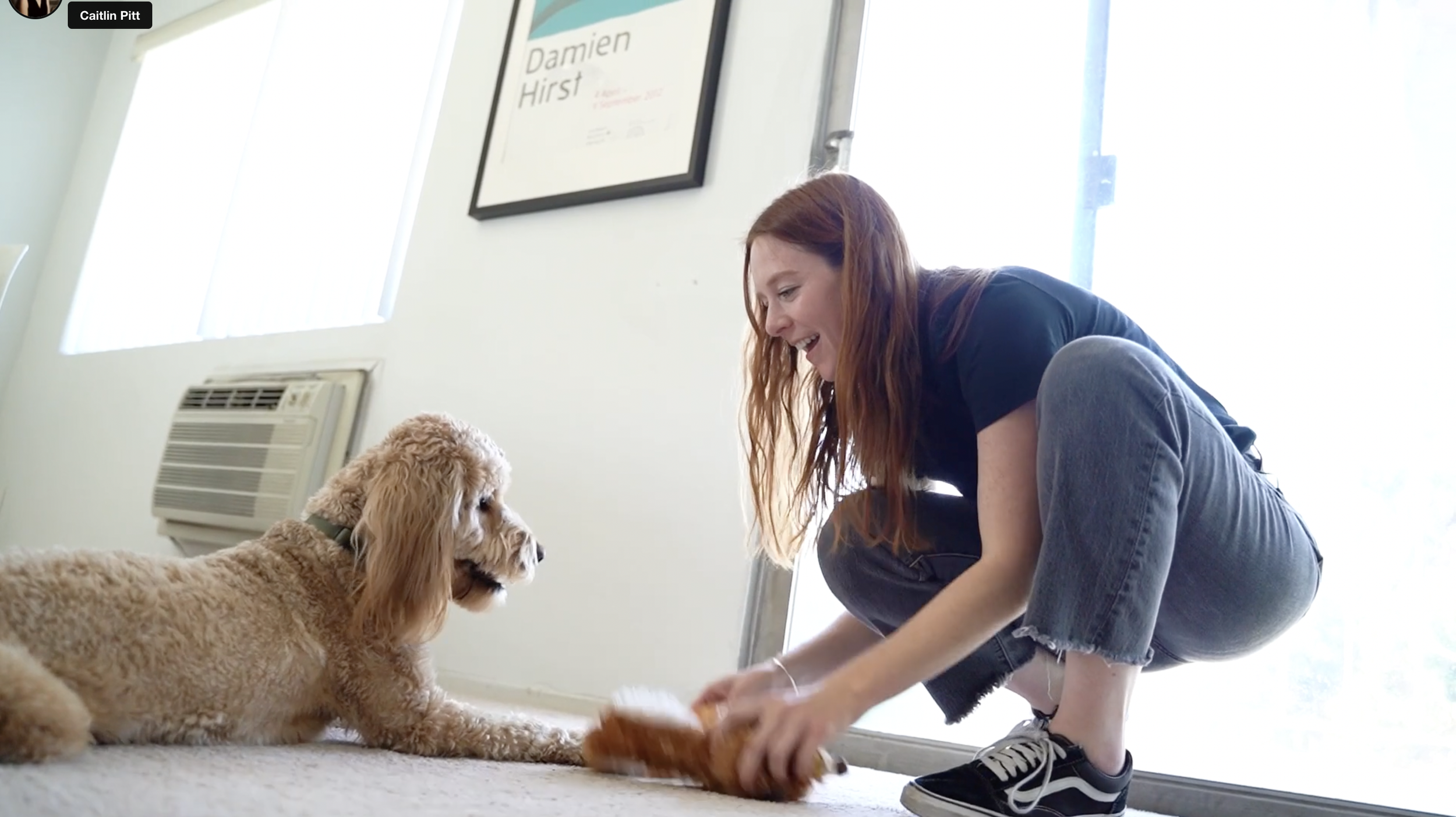Dog to Human Resource Guarding
When a Dog “Bites the Hand that Feeds”
Resource guarding is a sign a dog feels possessive or competitive over a resource and is willing to fight for it.
If your normally sweet and loving dog turns into a snarling hound from hell when you try to take something away from it, they are engaging in a behavior called “resource guarding.”
Resource guarding, also known as “possession aggression,” occurs when a dog is unwilling to give up something they value and indicates their readiness to fight for the “resource.”
Resources may include anything from food, toys, and comfy spots to rest, to attention from and proximity to a dog’s beloved human counterpart
Resource guarding is a survival instinct, so dogs will frequently engage in the behavior around other dogs, but may not display the behavior towards humans.
However, if a dog DOES begin to resource guard against people, it can quickly become a serious problem by turning everyday encounters into unpleasant face-offs over anything a dog values.
Unfortunately, these conflicts may lead to a dog “biting the hand that feeds,” creating a lot of mistrust and resentment between a pet parent and their dog.
This article will examine the warning signs of resource guarding in dogs, situations that provoke the behavior, and what to do about it using positive training methods.
Warning Signs of Resource Guarding
Warning signs that a dog is resource guarding can be detected via body language that starts with a dog tensing up and freezing near a prized possession, spot, or person when approached by someone they feel in competition with for the resource.
This tension can quickly escalate into more overt threat displays such as a hard, sideways stare accompanied by growling, bared teeth, or air snapping as the “perceived competitor” gets closer to the dog.
If these warning signs are ignored, a dog may resort to aggression to get its way and level out a bite to hold onto the thing they value.
Though this is not ideal, it’s important to understand that dogs are hardwired to resource-guard for survival, so if your dog has bitten you, it’s time to take a step back and examine why your dog has started to act this way.
Situations that Provoke Resource Guarding
Very often, humans inadvertently promote the development of resource guarding by:
“Meddling” with a dog while they are eating or chewing on something
Taking things away from a dog that they are still interested in like human belongings or trash found on the ground
Making a dog move without their consent
Changing a dog’s routine or giving them less attention when another person is around (so they feel in competition with that person)
Punishing a dog verbally or physically or by putting it in isolation.
Dogs can be very protective of food and bones - it’s a survival instinct!
That’s one of the reasons it’s recommended to feed a dog in their crate, or at the very least, give them space while they are eating. The same applies to bones, chews, or enrichment toys.
Humans often take things away from their dogs because the item is dangerous for them to keep or because it doesn’t belong to them, but dogs don’t understand this.
All they know is they found something interesting to play with or eat and their human “stole” it from them, so they start to see your presence as a threat to anything they possess in their mouth.
Likewise, if a dog is comfy resting on a couch or bed and you move them without their consent, they may decide to fight you to maintain their position in the future, just like when human siblings squabble over a prime place to sit.
Dogs are also easily upset by any change in their routine.
If you normally do things with your dog or shower them with attention at certain times of the day - but stop doing so when a “significant other” is around - they may start to see that individual as a threat and try to keep that person away from you - their number one resource!
This is usually when humans say their dog is acting jealous but a more appropriate term would be “possessive.”
Punishment Only Makes Things Worse
Our human society doesn’t tolerate it well when a dog behaves aggressively.
Ironically, people often respond in kind to dog aggression with human forms of aggression such as scolding or corporal punishment, or by putting their dog in isolation for an extended period to let it know that what they did was “wrong.”
Punishment, however, only serves to make matters worse by adding to a dog's negative associations with scenarios that provoke the resource-guarding response - especially if access to the valued item, spot, or beloved human continues to get taken away from them repeatedly.
So, what should you do?
Prevention is Worth an Ounce of Cure
A preventative plan that includes behavior management tools such as pens, gates, or crates to prevent free access to things that provoke a resource-guarding response should go into effect immediately.
This may involve:
Feeding your dog in their crate or pen only (and possibly not giving them things like bones or chews at all);
Not allowing your dog on the furniture (and training them to use their crate or bed instead) and preventing access to areas like the bedroom by keeping doors closed;
Using playpens, gates, or crates to prevent your dog from resource-guarding when the behavior is likely to happen around someone else.
Prevention must be used in combination with training for training to be effective since rehearsals of aggression will only serve to perpetuate the behavior.
How to Counteract Resource Guarding
Contrary to what many think, the only way to counteract resource guarding is to foster positive associations with your (or someone else’s) presence whenever your dog is in the vicinity of something they value.
This can be achieved in stages, first by working to shift a dog’s mindset from negative to positive (using desensitization and counter-conditioning techniques), and second by using choice-based approaches to dog training that gain a dog’s cooperation to do as you ask (like willingly relinquishing something or moving upon request).
For instance, if your dog growls at you when you approach it and try to take a bone away, instead of getting mad, think about what your dog might be willing to “swap” the bone for. Perhaps a yummy treat?
A “fair trade” is a better way to de-escalate the situation and will also promote that your dog sees your presence as benign instead of a threat.
An Example of the Desensitization & Counter-Conditioning Process
If your dog has started to send off threat displays (when a dog growls or bares its teeth) when you approach them, you can work toward switching their mindset with the following training exercise.
Find a high-value treat that your dog loves more than the thing they are guarding. Usually, moist and smelly treats work best such as small pieces of chicken, lunch meat, hotdogs, or cheese.
Know the distance at which your dog begins to resource guard. Trainers may call this the "distance threshold." Some dogs don't get possessive of their item or food until you're a few feet away. Others get tense if you're even in the same room while they eat. The goal is to find the distance at which they know you are there, but aren't becoming tense or reacting with guarding behavior. For example, if your dog begins eating faster when you're three feet away, start this exercise from four feet away.
Give your dog their meal or chew as usual, then walk away.
Approach your dog, but stop a short distance beyond their distance threshold. Toss a piece of chicken to them. Once they eat it, toss another. Do this a few times, then turn and leave.
After a few sessions, begin to add one more step towards them before tossing the treat, and then step back. This is where you're decreasing their distance threshold. Don't rush this step.
If your dog gets tense or shows other signs of resource guarding, take the training back a step until they can relax in your presence.
Continue this exercise any time your dog has something they guard.
Think about working in small "slices" when treating your dog's resource guarding. Don't rush through the process and reach for their bowl or chew — that's setting them up to fail, and you might get bit.
Depending on the severity of your dog’s case and bite risk, you may need to implement safety measures into this practice, such as placing your dog behind a baby gate or in a playpen.
Once a dog bites, there’s no guarantee it will not bite again, so if you are worried about this, it’s better to seek the help of a professional dog trainer than to attempt to solve the issue on your own.
Stick with It for 6 to 12 Weeks
Training for resource guarding takes time and repetition, so plan to do this exercise for anywhere from 6 to 12 weeks or more to see noticeable and lasting changes in your dog’s behavior.
With practice and consistency, your dog will learn to anticipate good things when you approach them.
When before, they might stiffen or growl, with treatment, they instead show loose bodies and happy soft faces in anticipation of something good happening when you are near.
In many cases, your dog will choose to leave their food bowl, toy, or bone and happily approach you as training progresses. This change in body language is the gauge by which you can tell if the treatment is progressing as expected.
Once this has occurred, you can start using operant conditioning (obedience training) to teach your dog to willingly do as you ask when you approach them (like relinquish valued items in their mouth using the “drop it” cue or move from a comfy spot using the “off” cue.)
If your dog resource guards you, their human counterpart, you can teach them to perform tricks when they are near you and another person approaches.
In Conclusion
Resource guarding behavior communicates how your dog feels about a valued resource: they don’t want to give it up!
It also means your dog has learned that your presence threatens something it values, and why it’s started to fight you (or someone else) for what it wants.
Punishment will only make things worse, so using positive dog training methods that promote goodwill and cooperation, plus preventing the behavior whenever possible, is the best course of action for helping a dog overcome resource-guarding.
If your dog acts aggressively toward you or other people in your home, you may want to seek help from a certified dog trainer before the behavior escalates out of control.
About the Author
Alexandra Bassett is the owner, dog trainer, and behavior consultant at Dog Savvy, a private dog training company specializing in game-based dog training and solving problem dog behaviors like dog separation anxiety, leash reactivity, excessive barking, and aggression.
She is certified as Knowledge Assessed by the Council of Professional Dog Trainers (CPDT-KA) and is available for online dog training sessions via Zoom.









